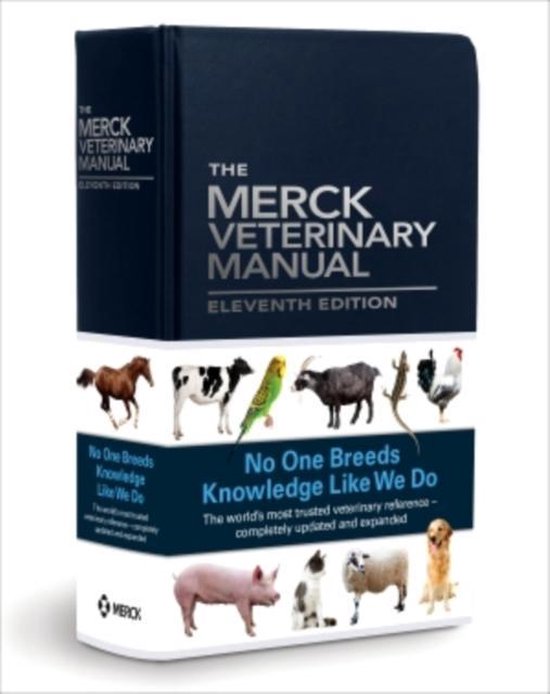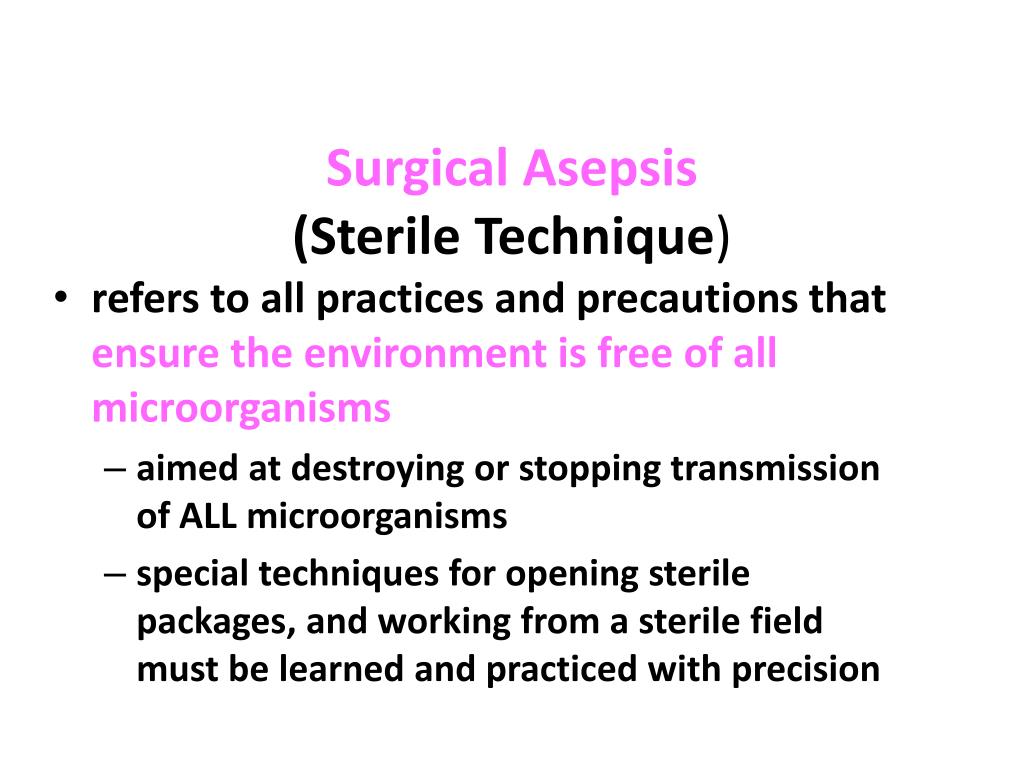
Around 50% of pigs affected with acute ileitis will die, with the remaining recovering in a few weeks. Some animals die quickly without any changes in fecal consistency or appearance and only show extreme paleness due to blood loss into the lumen of the bowel. Black, tarry feces is often the first clinical sign. Replacement gilts and young boars are the most likely animals to show signs of disease. 2,3 Acute IleitisĪcute ileitis tends to be a hemorrhagic form of the disease and commonly occurs in young adults. Studies found that nearly 42% of grow/finish operations reported clinical ileitis and nearly 94% of herds with no clinical signs were found to have subclinical ileitis. Stress, from things like weather and moving or commingling pigs, may cause a subclinical infection to become clinical. It has been reported that ileitis can slash average daily gain by 38% and feed efficiency by 27%. Pigs may be eating normally but they are growing slowly and feed efficiency is negatively impacted. The most prevalent sign of subclinical ileitis is a variation in performance and failure of part of the group to sustain growth despite normal feed intake.

Clinical signs are often slight, including soft, watery and/or pasty diarrhea, or the disease can be subclinical, which means that there are no overt signs of disease. Chronic/Subclinical IleitisĬhronic ileitis typically occurs after weaning or between 6 and 20 weeks of age. This means nutrients are not absorbed properly and performance suffers. intracellularis can cause a number of harmful changes to the small intestine. Affected operations also see an increased number of culls and high mortality.Īlso known as porcine proliferative enteropathy, this disease is caused by the bacterium Lawsonia intracellularis, which lives inside the cells of the intestinal lining. It’s responsible for poor feed conversion and a 6-20% reduction in average daily gain, which means increased days to market and increased end weight variation. About IleitisĬommon and costly, ileitis continues to cause production variation within groups of finishing pigs. The proof? Longest duration of immunity on the market – 20 weeks. Controlled ileitis lesions, both gross and microscopic.Induced Lawsonia intracellularis antibody titers.Merck Animal Health now offers the first injectable vaccine in your fight against ileitis.Ī challenge study showed that Porcilis Ileitis is effective for at least 20 weeks after vaccination. In today’s modern swine production systems, ileitis continues to be a problem and its impact in reducing pig performance can be a tremendous drain on profitability.

Technical Info Porcilis ® Ileitis Technical Information Using aseptic technique, inject 2 mL once intramuscularly (IM) into pigs at 3 weeks of age or older. Warm the vaccine to room temperature inmediately prior to administration. Duration of immunity for at least 20 weeks has been demonstrated.

No worrying about removing feed-grade antibiotics during vaccinationįor use in healthy swine as an aid in the control of ileitis caused by Lawsonia intracellularis, an aid in the reduction of colonization by Lawsonia and an aid in the reduction of duration of fecal shedding.A single-bottle vaccine means no mixing, combining or risk of contamination from the process.As the only injectable vaccine available for ileitis, Porcilis Ileitis allows for vaccination of pigs at 3 weeks of age or older – an age when they’re easier to handle.



 0 kommentar(er)
0 kommentar(er)
